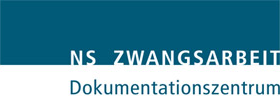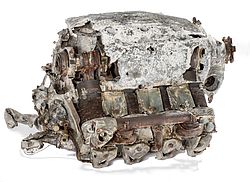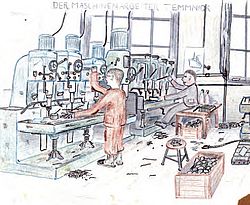44 marks for Germans, 5 marks for Russians
The working conditions of forced labour
The pay, the activity, the scope of work, and ultimately the entire working day were determined by the origin of the forced laborers. The hierarchical and racial ideological guidelines of the National Socialists separated "Germanic workers" from "foreign workers" and distinguished between Northern, Western, Southeastern and Eastern Europeans.
People regarded as "higher-quality", such as Western Europeans and Czechs, received the same basic wage as Germans at 44 Reichsmarks per week. The so-called "Eastern workers" from the Soviet Union, on the other hand, only received a weekly wage of 5 Reichsmark. Later they were paid slightly more to improve their performance.
In addition, the "Eastern workers" were exempt from occupational health and safety regulations. Nor were they entitled to leave. During the war, forced labor meant increasingly longer working hours and short breaks, increasing controls, and constant threats of punishment, such as imprisonment in a Gestapo labor camp.
Racist discrimination and arbitrariness in many respects, including physical violence, were everyday occurrences for forced laborers in many companies.


